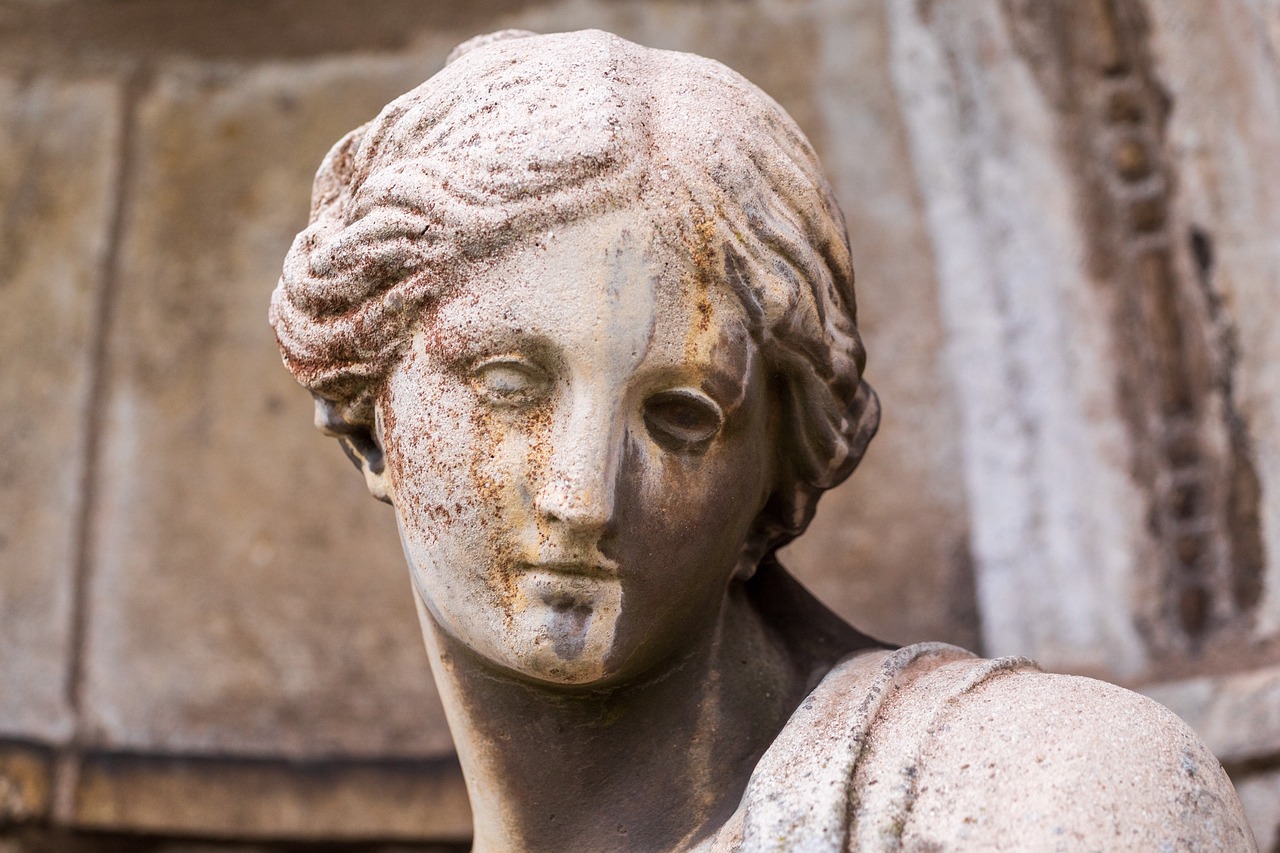An Overview of Skaði
Skaði, the powerful daughter of the storm giant Þjazi, embodies various aspects of the Winter season, including winter storms, snow, ice, hunting, skiing, and archery. Her presence is documented in significant texts such as the Poetic Edda, the Prose Edda, Heimskringla, and through the works of skaldic poets. Notably, Skaði’s name may share connections with the etymology of “Scandinavia,” with several places across the region—particularly in Sweden—bearing names that reference her.
Skaði makes a dramatic entrance into Ásgard, confronting the assembly of gods with a bold demand for recompense for her father’s murder. The gods, initially startled by her audacity, deliberate on her request and conclude it is justified. Loki’s treachery had led to Þjazi’s demise; he had deceived the giant into capturing the goddess Iðunn, and in the process of rescuing her, Þjazi lost his life, leaving Skaði to oversee his domain.
Her demand for compensation is fulfilled through three stipulations. The first involves Óðin placing Þjazi’s eyes in the night sky as stars. The second requires the gods to make her laugh; this proves challenging until Loki ingeniously ties himself to a goat in a comical tug-of-war that ultimately elicits laughter from all present, finally coaxing a giggle from Skaði. The third and most curious condition is that she must choose a god for marriage solely by examining his feet. While she intended to marry the handsome god Baldr, she mistakenly selects Njörðr, the sea god, instead.
Initially infuriated by her choice, Skaði soon discovers Njörðr’s kind nature and esteemed standing, prompting her to embrace the union. Their marriage occurs without further contest, and they spend time at both Njörðr’s realm, Nóatún, and Skaði’s residence, Þrymheimr, for alternating nine-day stretches. However, the differences in climate and environment cause dissatisfaction; the sea god finds the mountain’s cold inhospitable, while Skaði struggles with the noise of the harbor, prompting them to agree to continue their shared time between both realms.
Confusion arises among the sources regarding their relationship. Snorri Sturluson’s Heimskringla narrates a scenario of divorce between Skaði and Njörðr, succeeding their union with a marriage to Óðin, through which she has numerous children. This version, although recognized, conflicts with other accounts such as the Poetic Edda, where Skaði remains with Njörðr until the end of the world. Furthermore, during the tale of Freyr seeking Gerð, both Njörðr and Skaði express concern for their son’s melancholic state, leading Skaði to propose that Skirnir might find a way to help him.
Skaði is sometimes associated with the god Ullr in modern interpretations, likely due to their shared attributes and realms. However, this connection lacks strong textual support, as Skaði’s documented marriages remain tied to Njörðr or Óðin.
In another crucial narrative, Skaði plays a significant role during Loki’s punishment. Never forgetting the role he played in her father’s death, she is responsible for placing a venomous snake above Loki’s head, where it continuously drips poison onto his face as a form of eternal retribution.
Reflections on Skaði
Skaði represents independence and self-sufficiency, particularly resonating with women who thrive in solitude, outdoor activities, sports, and camaraderie with men. She exemplifies equality traditionally absent in contemporary society and fiercely advocates for her rightful claims.
Her marriage to Njörðr illustrates the principles of negotiation and accommodation in relationships. Their story highlights the importance of personal spaces and interests, demonstrating how mutual respect can sustain a relationship. Each partner pursuits their own hobbies while maintaining their bond, fostering strength through independence.
Additionally, Skaði symbolizes the seasonal transitions, where her husband, a deity of commerce and prosperity, engages in trade activities that halt during the harsh winter months. This dynamic signifies the shift in focus as trade ceases when the waterways freeze.
In Snorri’s account, their separation is portrayed as a constructive divorce, reflecting the acceptance of such practices in pagan cultures, a stark contrast to the later stigma introduced by Christianity.
Furthermore, elements of Skaði’s character and narrative are echoed in Hans Christian Andersen’s “Snow Queen,” presenting her as a source of inspiration for modern tales.
Suggested Symbols & Representations
Skaði is often represented through symbols related to skiing, archery, hunting, winter landscapes, and fierce wildlife. Shealds, arrows, snow, ice, and frigid mountain vistas embody her spirit, while colors like white and brown reflect the essence of winter. The rune Isa may also be associated with her.
Alternate Names
Skaði is known by various names, including Skadi, Skadhi, Skade, Skathi, Öndurguð (Ski God), Öndurdís (Ski Lady), Skáney, Skadus, Sceadu, Scado, and Scato.



